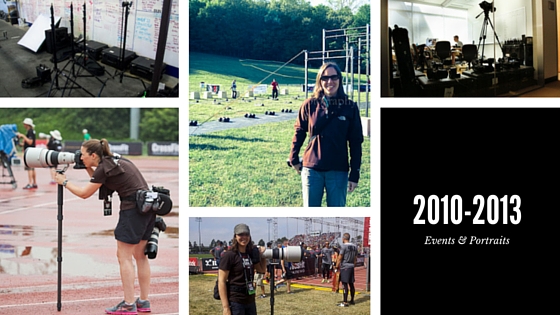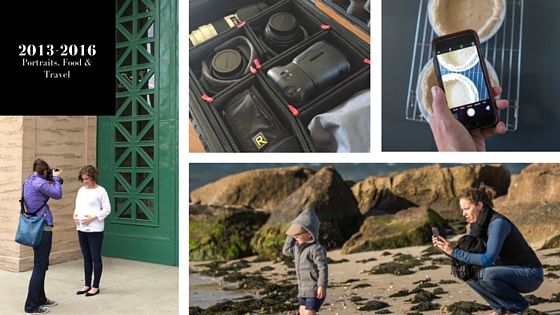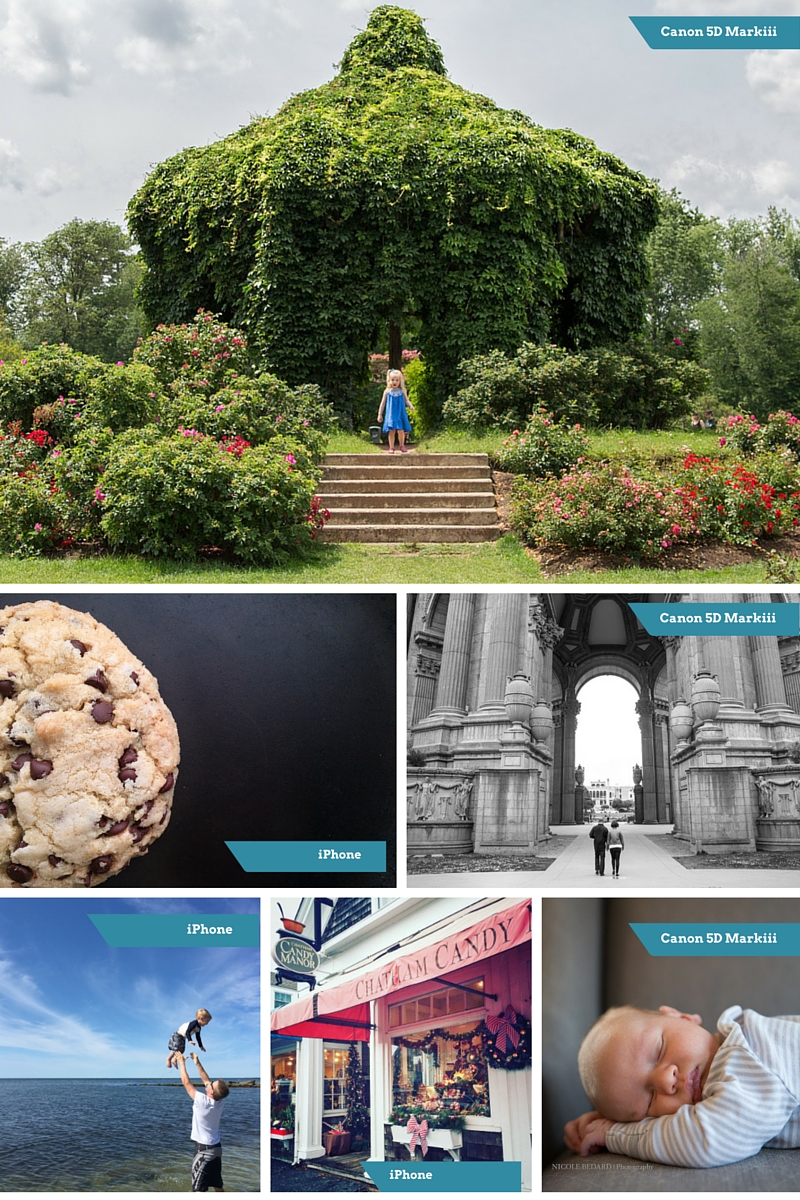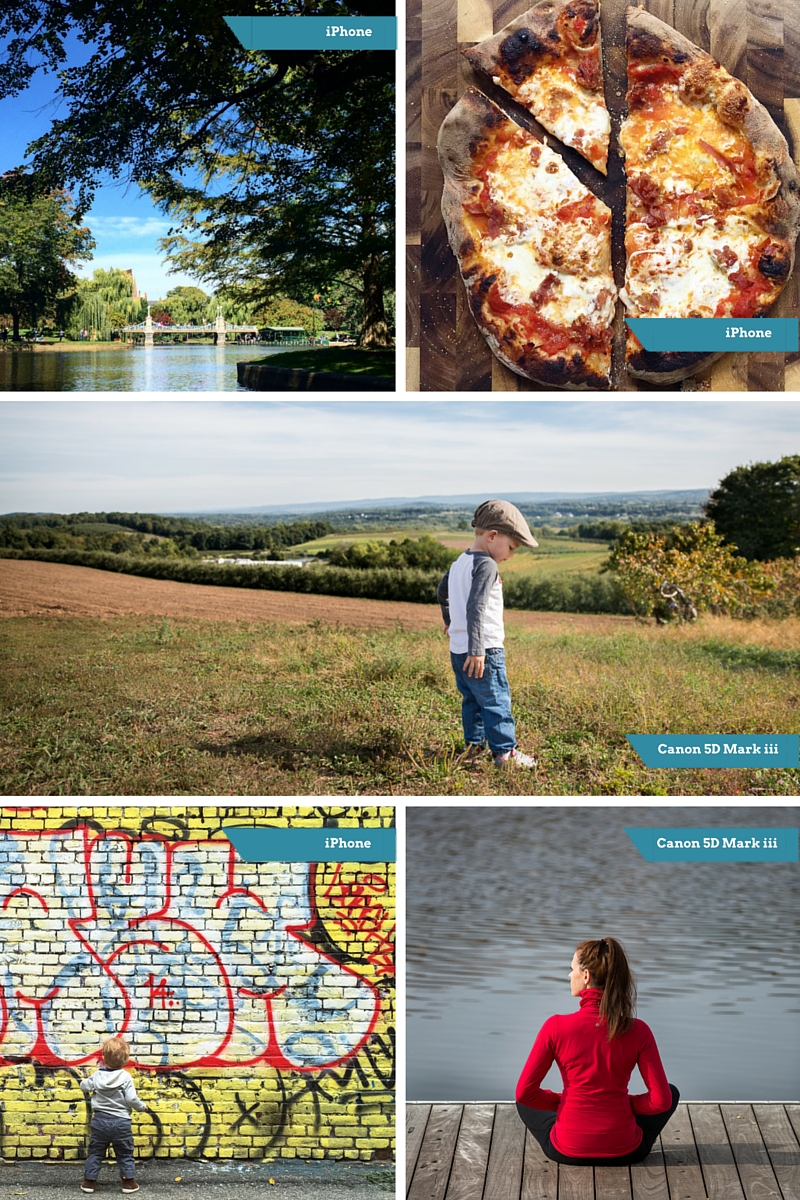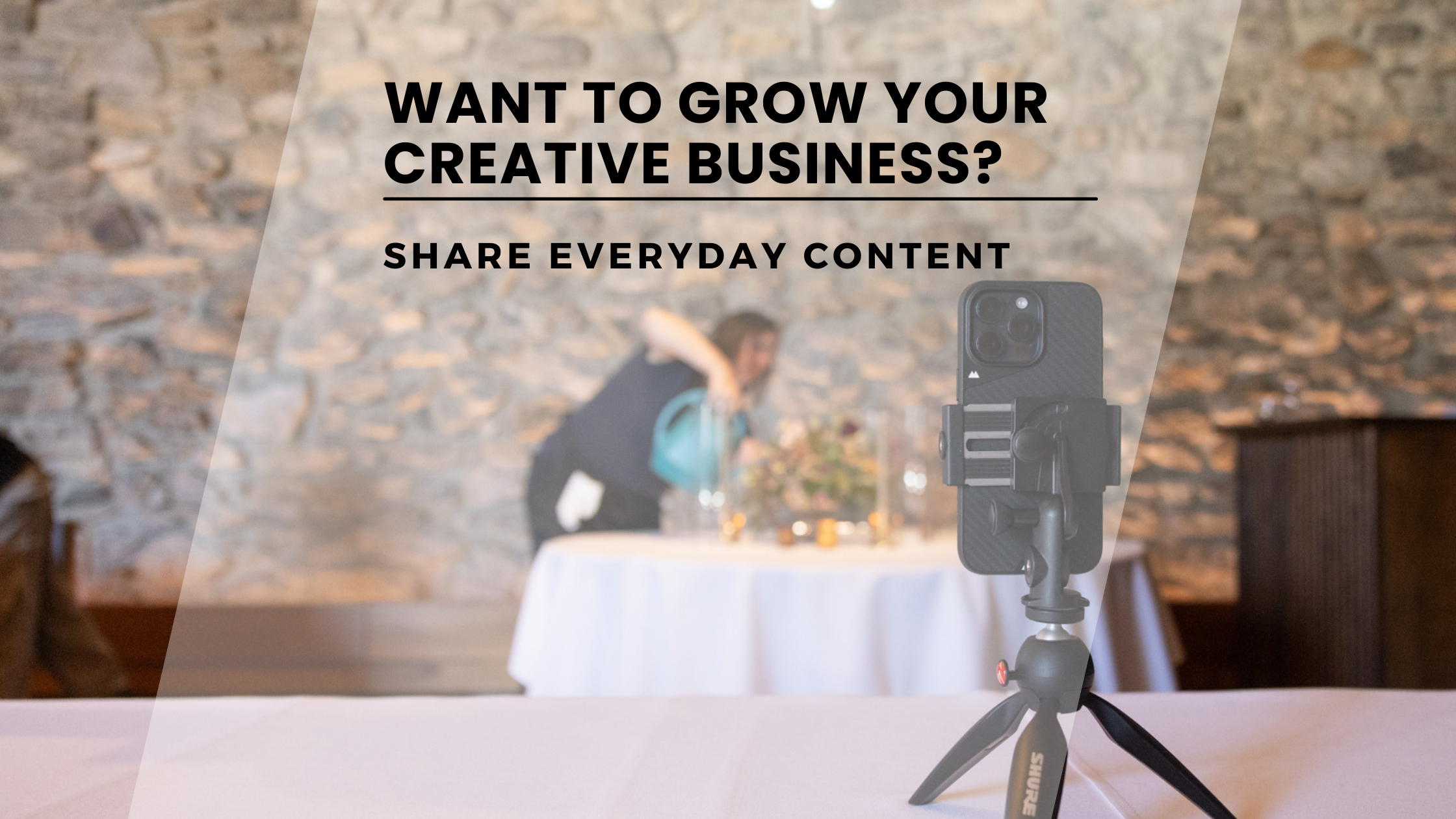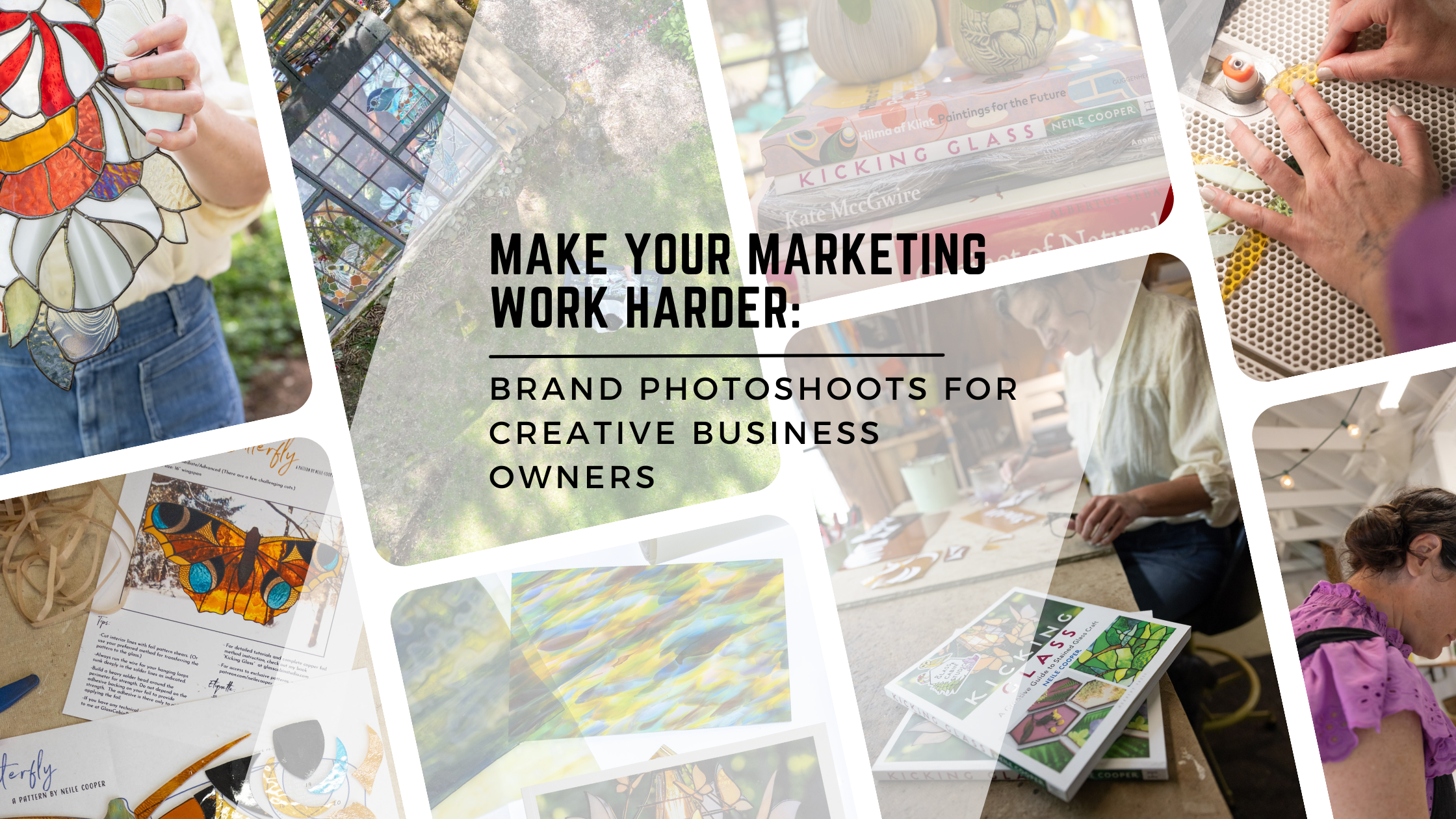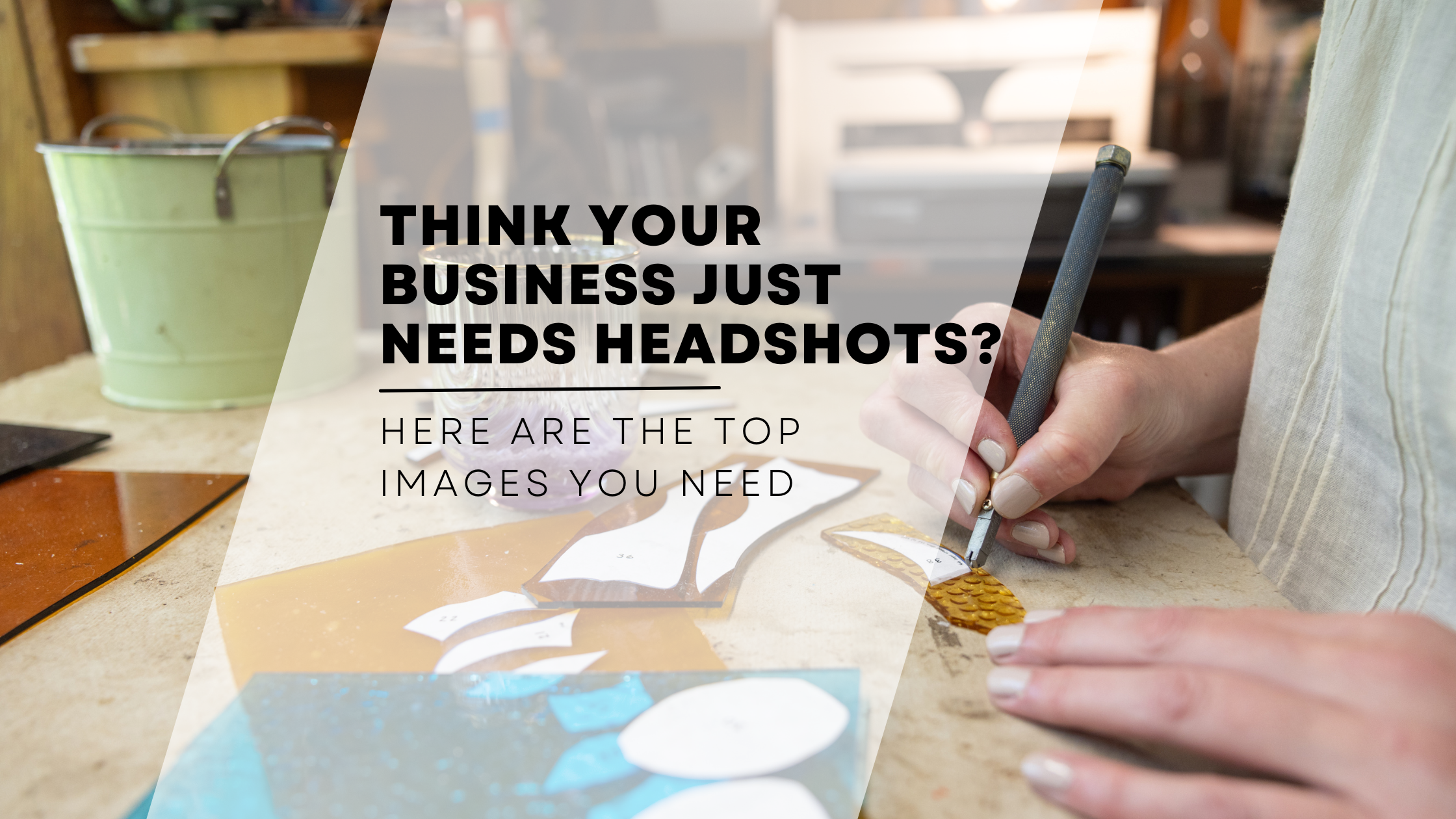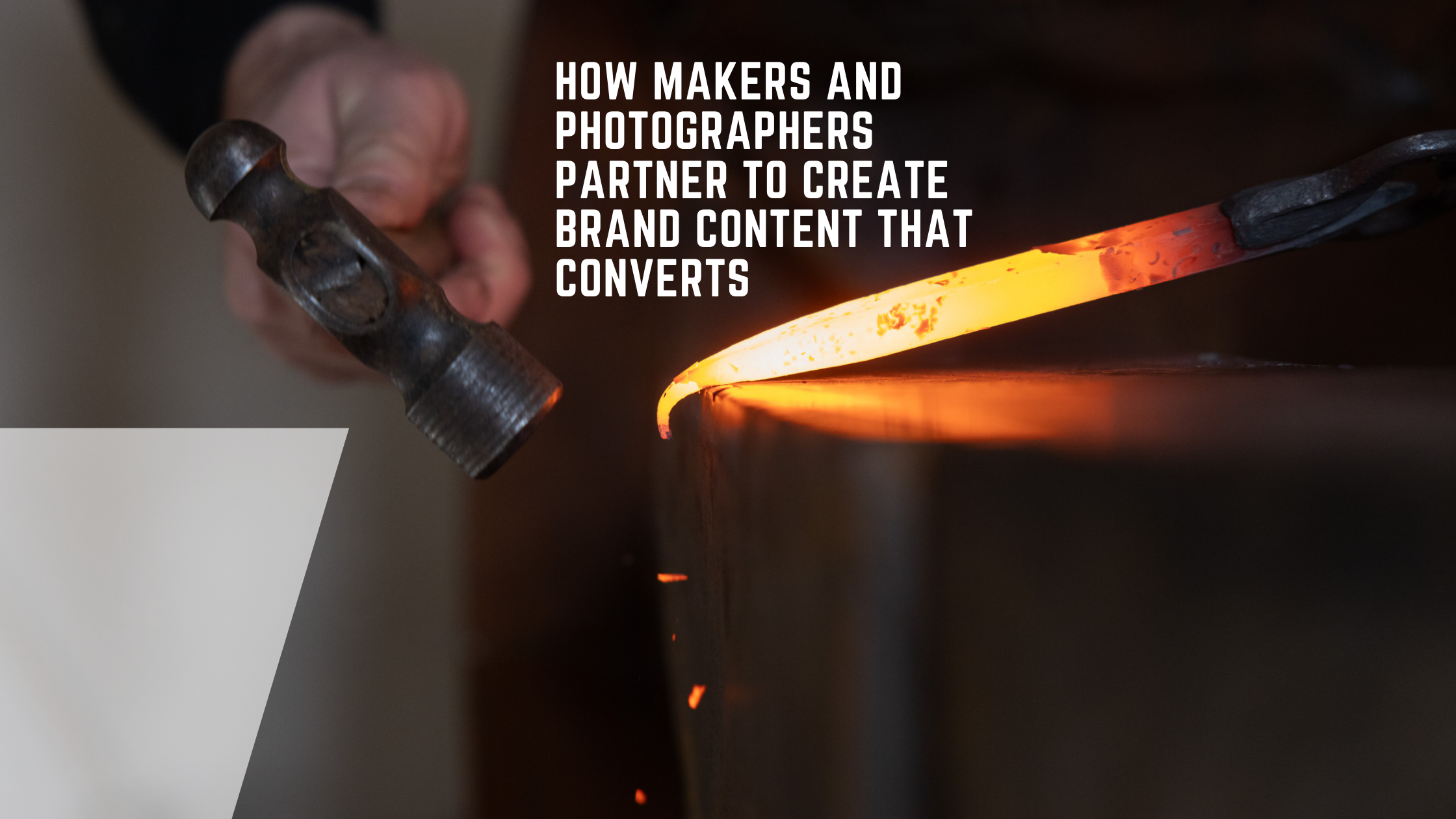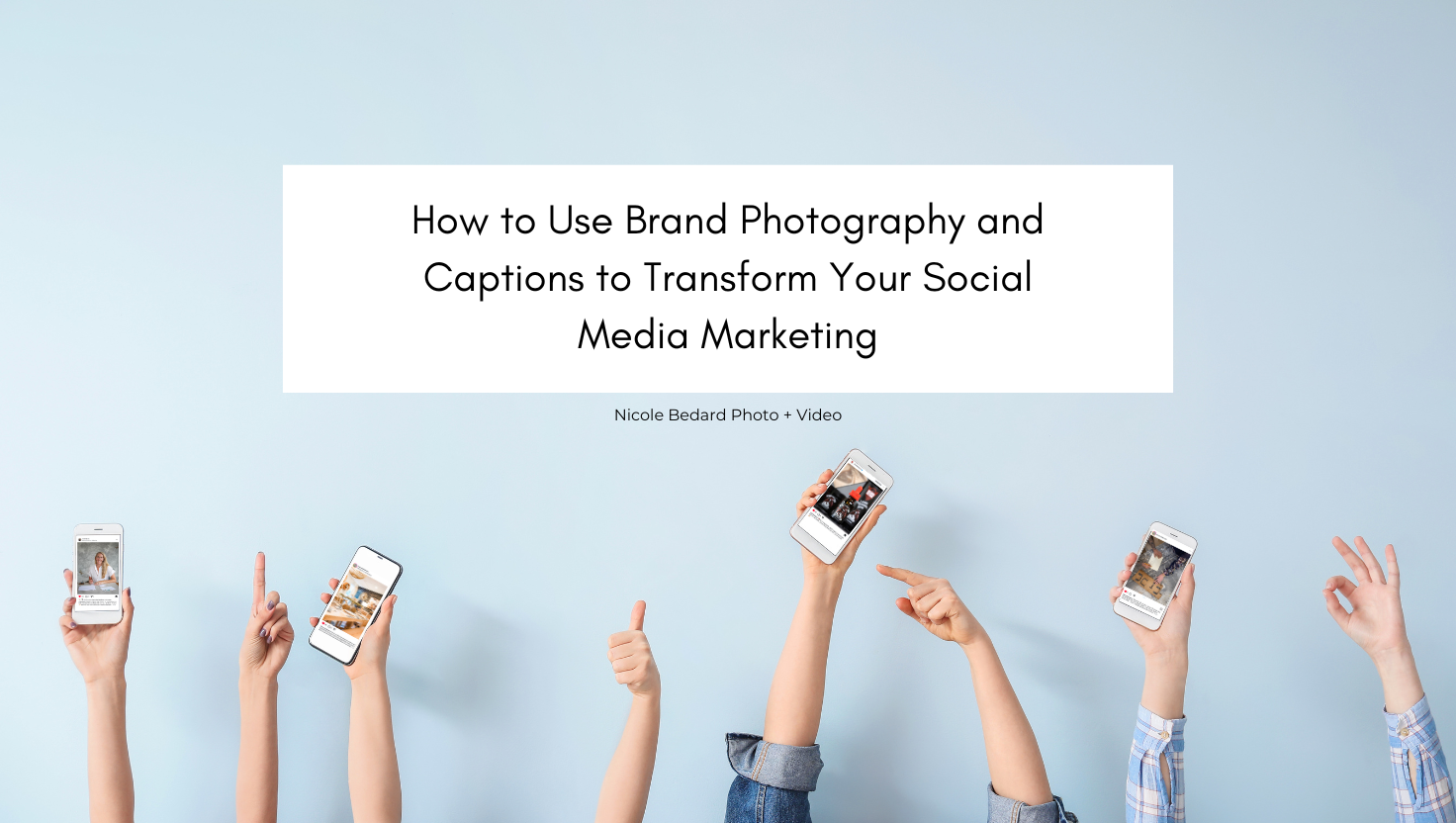 A few years ago I inherited the Bedard family camera and it had been decades since I last saw it. When I opened up the hard leather case so many great memories came rushing back. Although I love the vintage look, it’s hard to believe how much technology has advanced in such a short amount of time.
A few years ago I inherited the Bedard family camera and it had been decades since I last saw it. When I opened up the hard leather case so many great memories came rushing back. Although I love the vintage look, it’s hard to believe how much technology has advanced in such a short amount of time.
This post is all about my journey as a photographer, thus far, and how camera technology has not only changed during this time, but how my own creative approach has evolved. When I began my professional photography career digital was already mainstream and with my pervious work in the tech industry, I was comfortable with learning new software and technology quickly. Photography school covered a bit of everything in the world of editing software and camera technology. It was just the tip of the iceberg in terms of topics covered, but it gave me an appreciation to different types of photography, an understanding of how to run a creative business and provided some critical software skills.
I started out with the Canon 50D and a few lenses and slowing built a decent kit of L-series lenses, flashes and light modifiers. After graduating photography school I had clients in the sports and fitness industry and so my camera gear adjusted to capturing fast in-action athletes and fitness professionals. On my first on-location sporting events, I had one camera body and two lenses. The only accessible power outlet for charging my batteries was located on the side of a dilapidated barn and all my photo uploads happened back at the hotel when the event was over. Built-in wifi on cameras didn’t exist and social media wasn’t where it is today. I imagine the below center image of me would have been edited on my phone and posted to my Instagram feed, along with my obscure barn outlet, but at last those were the old days, 2010.
Low-Light Venues and Need for Better ISO Performance
Most of these specific sporting events were occurring in low-light venues, so the ISO performance of my camera really needed an upgrade and I was happy that the Canon 5D MarkIII came out on the market. I pre-ordered the camera and could not get my hands on it fast enough. Not only did I need fast lenses to capture the action, I needed better ISO performance and luckily the market had a solution for me.
The Canon 5D MarkIII is still my camera today and since the ISO performance addressed my low-light issue, it allowed me to be more creative with my images. My sports and fitness work stretched into 2013, which was a year I had some major life altering events occur. The birth of my son and the loss of my mom occurred around the same time and as a result it made me reevaluate my photography focus. I wanted to bring my action sports experience to the family and children portraiture industry and with that shift I added some different technology to my kit and expanded my creativity.
Convenient On-The-Go Camera and Reduced Size of Kit for Client Locations
My portraiture work still has me working with my Canon professional gear, while my Travel and Food is a mix of pro-gear and the very convenient iPhone. At this point I have captured over 17,000 images of family, food and travel on my iPhone6 and I love the image quality of the sensor and the ability to have a camera with me anywhere. It’s convenient to take a shot, use an editing app and then post to social media accounts. This provides real time status on current projects I am working on and provides my current and potential clients a look into my business and work. I feel that clients, future clients and other photographers can get a better sense of who I am as a photographer and have an means to communicate and support each other.
So what does the future hold? I’m enjoying my portraiture work with families and children and plan to continue building my food and travel photography. I’m constantly finding myself using my iPhone on a daily basis when traveling and/or with family since it’s always with me, unlike the Canon. But I still crave the professional quality and creativity that different lenses provide. I cannot wait to see and experience the technology that will be coming to the market in the next few years. Several manufacturers such as Sony have been vastly improving mirrorless camera options which has been putting SLR specs in a smaller form factor. Even more exciting is a completely new camera technology that will be entering the market toward the end of 2016 by Light Co. called the L16. The camera specs describe a “smartphone” size camera which essentially is 16 cameras in one with DSLR capabilities that will shoot 52 megapixel images by having several built in lenses at various focal lengths. Not only is it expected to perform exceptionally well in low-light environments, but it will have onboard editing and built-in wifi. I can’t wait to see how it performs and might be a new addition to my kit.
